7 Plants That Are Actually Ruining Your Garden
Posted on 12/02/2024
These 7 Plants Might Actually Be Bad for Your Garden
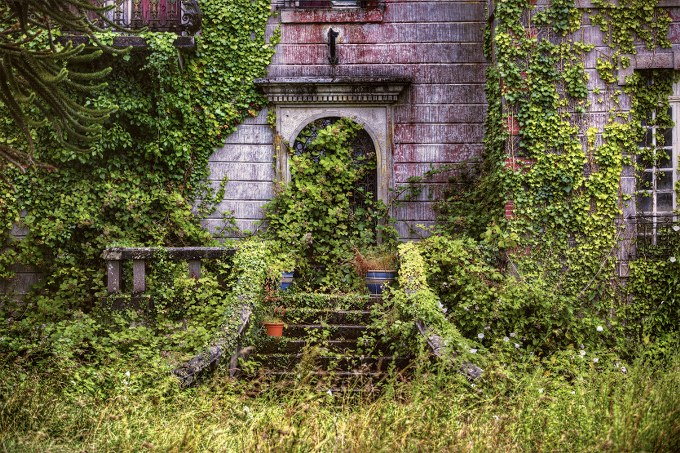
When you think about what plants to introduce to your garden, you often feel drawn to pretty looks, colourful petals, lovely scent-giving and yard appeal contributors. However, the truth is some of them are actually quite bad to include in your gardening efforts.
Not all plants are good options for your garden. They may look pretty and lovely, but may have invasive, aggressive and water-hogging qualities that make them a rather poor option. Here are few plants to exclude from your garden care and watch out for, unless you want to have trouble:
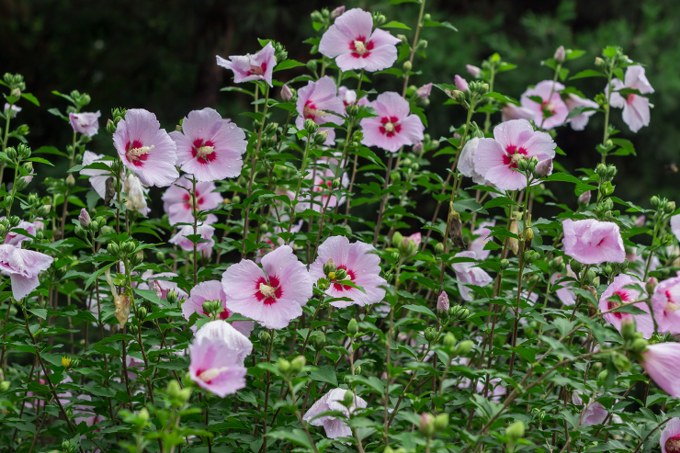
- Rose of Sharon - if there is a definition for an invasive plant, this has to be this one. Roses of Sharon sure are beautiful shrubs, which you may want to include in your garden design, but it might prove to be a bit too much for what you are bargaining for. The problem is that the blossoms of the shrub grow into fruit containing seed pots, which easily spread in the wind. Before you know it, your garden may be overrun, as Sharon roses don’t really require much in terms of garden maintenance and can survive with minimal amount of water in poor soil.
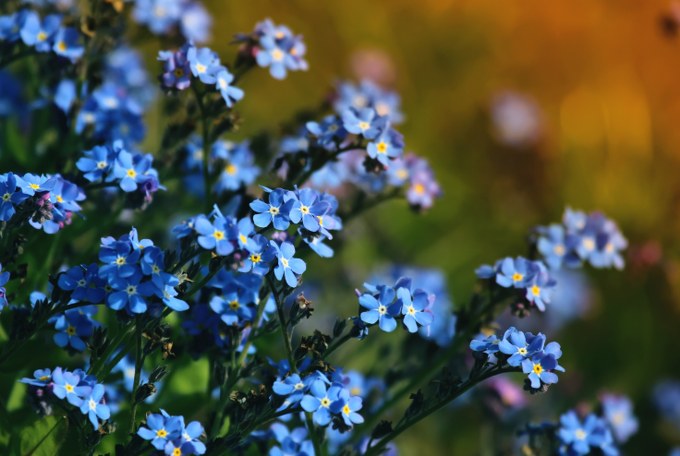
- Forget-me-nots - these overcrowding little flowers are gorgeous! They are beautiful to the eye and tend to compete with every flower out there for good looks. However, they can easily overcrowd your garden, which might seem fine at first. After all, who doesn’t want to have beautiful flowers in their garden? The problem is that they are quite fleeting, which means little return for your gardening efforts.
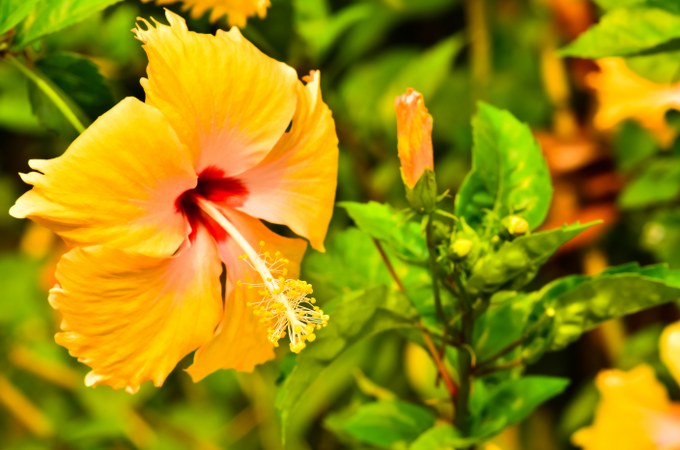
- Yellow hibiscus - the state flower of Hawaii may look like a good idea to grow in your garden, but do keep in mind they require a lot more in terms of water. That in turn means more gardening maintenance on your side. If you fail to provide, they might just suck the whole of your yard dry, limiting options for other plants.
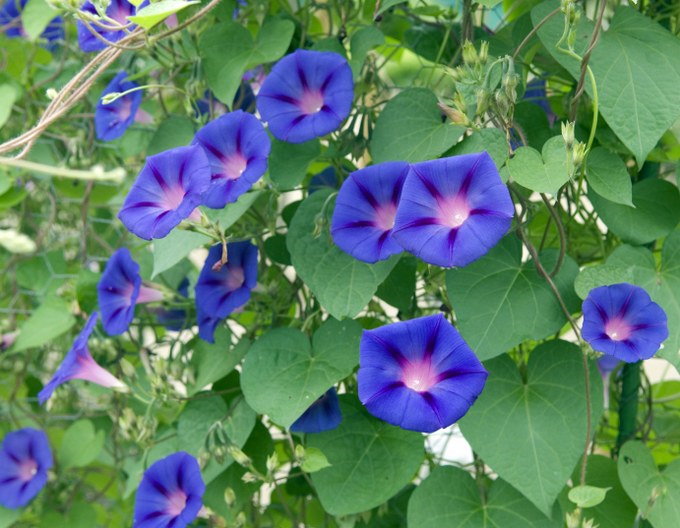
- Morning Glory - or bindweed, as it is also known as, is part flower, part weed. It is quite persistent, which means that you will really need to invest a lot of effort to get rid of it. With a hardy root system, it can be nearly impossible to clear out with just one method, such as watering it with boiling hot water. Think twice before you introduce this to your garden.
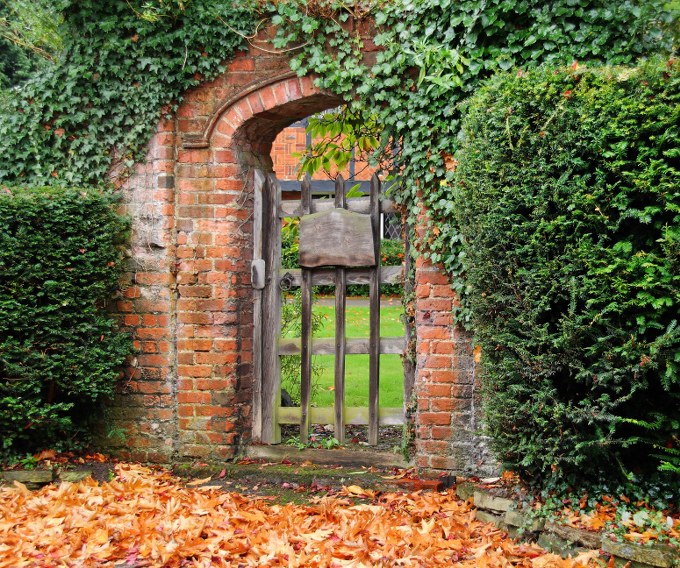
- Ivy - the main issue with ivy is that it is a real threat to any type of structure. Stucco, cement and wood siding can be damaged by ivy. Even though it looks romantic when it takes over old and abandoned walls, it should be noted that it may deteriorate these structures even further. It is also problematic for any type of paint.
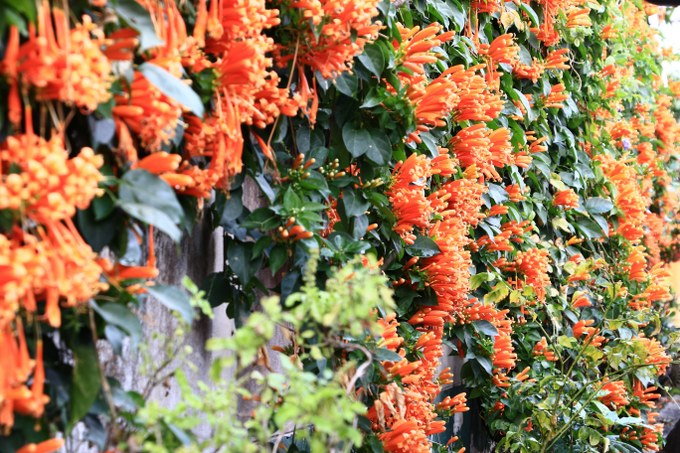
- Trumpet Vine - this is an alternative to green ivy, which looks appealing but is even more aggressive and thus damaging to wood siding. Another problem is that it can sprout a long distance from where it was originally planted, adding the element of surprise to your gardening.
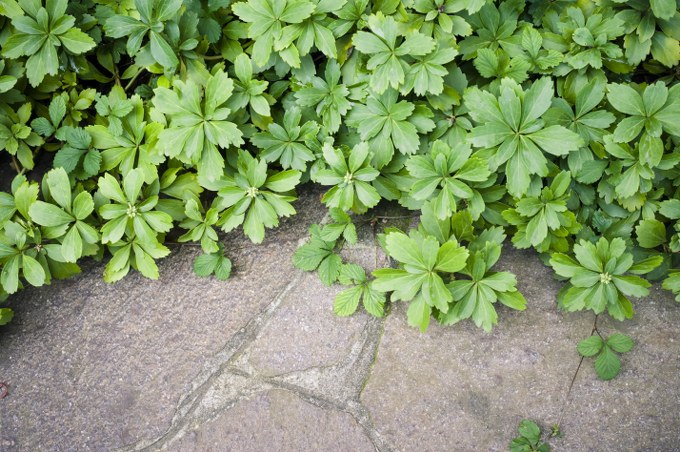
- Pachysandra - there is no problem in selecting this carpet ivy as option instead of grass for your garden, but you must be prepared with some adequate lawn care solutions. The main thing to keep in mind with this plant is that it attracts a lot of Euonymus Scales. These pests feed on the ivy and can easily kill it. Be ready to stop them before they leave large patches dead.
There is no doubt that any of these plants can cause more trouble than they are worth. Be very careful with them.




